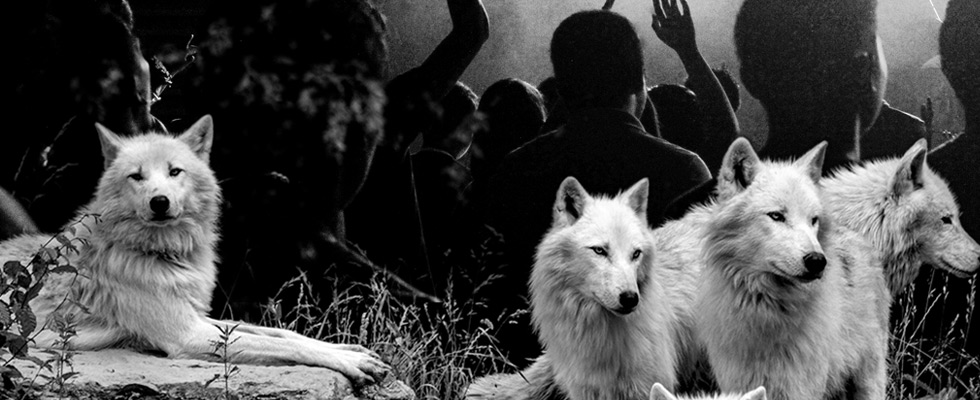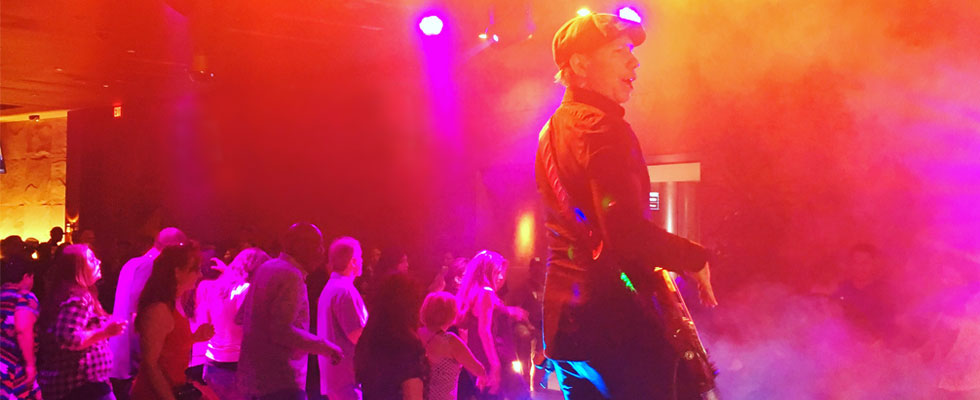As an entertainment manager, I receive a constant influx of artists looking for work. These emails and requests come from numerous sources including colleagues, agents of our venues, and (of course) the artists themselves. This results in one large “procurement funnel” I work with daily.
I attack the funnel strategically. First, I weed out acts that do not fit our client’s geographic, budget, and demographic needs. Next, I check out the musician’s live videos. You read that right. Their “live” videos. From my experience, I can attest that most entertainment bookers prefer live videos that are un-doctored over flashy promo. Yes, iMovie and Final Cut are cool, but we want to get an idea of how you handle yourself in a live situation…and how you sound when you do it.
If these videos pique my interest, the next step is to go see you live…but, I won’t tell you when I am coming out. Why? People act differently when they know a booker is in the room, so if you are in a band. Here’s a hint. Always think an agent, label, or other type of gatekeeper is in the room. Later on in this blog, I will share a story from my days on the road that demonstrates why you should do this.
But Jeremy, we don’t have the gear to make quality live videos and the places we play have horrible FOH, so we always sound bad, but we are really good. I swear.
This is where “listening through the music” comes into play. I have over twenty years in this business with the majority as a performer in a variety of bands. I have worked with legendary artists, taught music, done cruise ship orchestra shows, fill-in theater gigs, and even studied at Berklee where I was my Production and Engineering roommate’s go-to session drummer. I have been through countless challenging live-sound situations, which have taught me some key attributes “professional” artists possess that prepare them to succeed in, pretty much, any live situation.
These fundamentals vary by instrument, but boil down to musical ability and stage presence.
Musical ability: This covers the gamut of being a professional musician. How does the intonation of the brass section sound? Can the rhythm section keep solid time? Is the singer holding her mic properly and projecting from her diaphragm? Is the guitarist using the right gear and producing a quality tone? Does the entire group start, stop, and make the band hits together?
Stage presence: Are all members into the show…especially when there are only three people in the audience? Are they reading the room correctly? Are they controlling the room properly? Are they smiling? Do they talk to fans during their breaks? How are they dressed? Do they care about the show…no matter how big or small?
Now look at those again…did you notice that I am not worried about the front of house mix? Nor the monitor mix or the lighting? That is because it is my job to listen through the show and analyze the core of the product on that stage.
But, why?
It all boils down to an old saying: “garbage in… garbage out.” Sure, a bad mix can impact your gig, but you shouldn’t let it define your musical ability. The greatest band in the world – The Beatles played before over 56,000 fans with nothing more than 100 watt amplifiers. They couldn’t hear themselves. Ringo relied on watching Paul’s foot to keep the show going and they harmonized blindly. Zeppelin recorded the best drum sounds I have ever heard with just three microphones (and one in the chimney on occasion). Duke, Bird, and Miles made some of the most iconic music ever and didn’t use in-ears, a separate monitor mix, or line-array speakers.
All of these acts created great music because they relied on their musicality and ability to control the stage night after night. When this can be done, the sound crew is capable of working from a clean slate and can enhance that quality and make it sound great at any time… at any volume.
A second lesson regarding why you should “listen through the music.”
Ok, here’s the deal with booking rooms. Contrary to what everyone thinks. You are not guaranteed a great night. I have watched numerous outside forces kill an amazing event. Weather, economic downturns, a competing concert that suddenly pops up and steals your marketing momentum can all kill your night. As a venue booking agent (especially in the minimal cover/free club scene), we must do what we can to mitigate losses on those particular nights. One of those ways is to find entertainment that can “hold a room” no matter how many people are in it.
If you have read my article on Herd Mentality in Entertainment, you know that I believe strongly that an “adoption point” can be acquired if a room-specific attendance percentage is hit. I also believe that maintaining that crucial number and avoiding the “exodus point” is critical to the success of your live venue and this is directly related to the skills discussed before.
Sometimes you catch a potential group and the room is jammed. You immediately start thinking. This band will save my venue and maybe they will, but first. Take an inventory. With the room jammed, the band may have better than average stage presence. However, is their musical ability up to snuff or has herd mentality simply taken over.
Flip the switch.
Don’t just walk away if the room is dead. How does the band sound? Do they look enthused? Are the people in the room hanging out, drinking, and pulling their eyes away from their phones to watch the group? If the answer is yes, maybe you need to keep your eye on this particular act and return to check them out a few more times.
Data is a funny thing. The good stuff sometimes likes to hide. Checking out an act is not checking out the room. You are looking at the band to see if they meet your needs or could be coached to meet those demands. Taking away the external elements and listening “through the show” will make it easier for you to book quality entertainment for your venue.
Would you like to discuss your venue needs? Contact Jeremy today.









